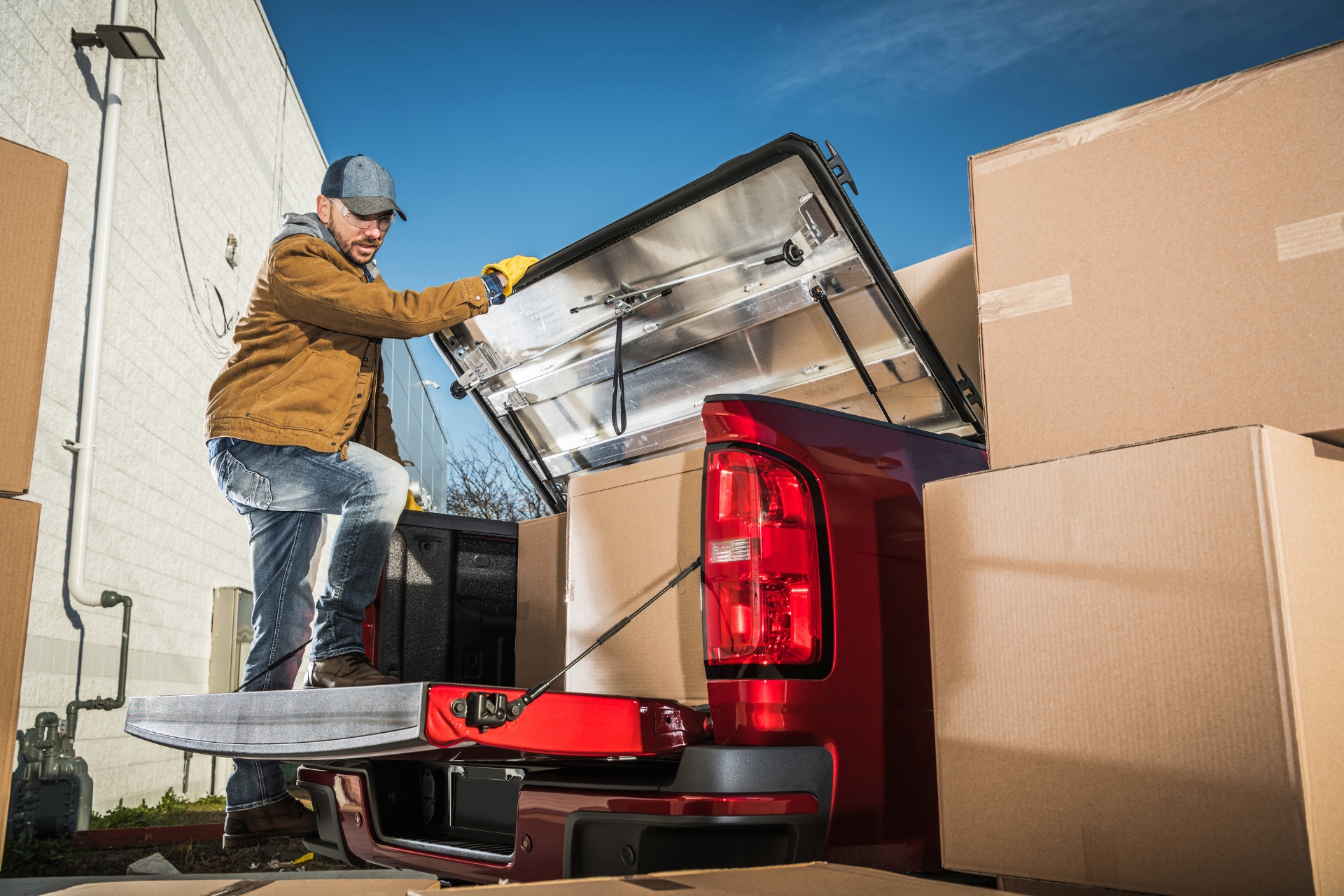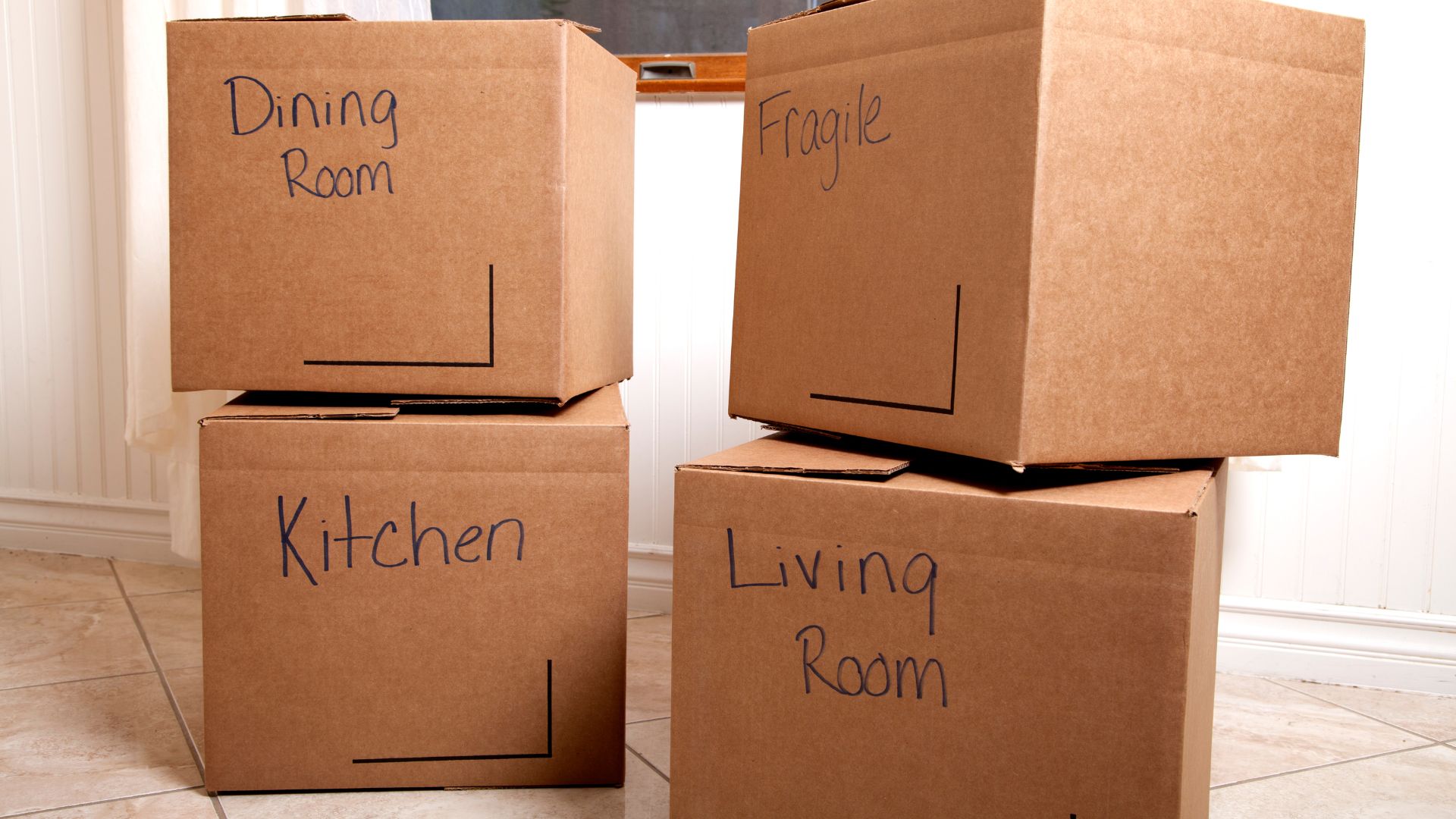Assess Your Moving Needs
The first step in planning a successful move is assessing your needs. Determine your relocation timeline and schedule, considering factors such as work commitments, school schedules, and lease termination dates. Additionally, identify the type and size of the move – whether it’s a local move within the same city, a long-distance move across the country, or an international relocation.
Create a Moving Checklist
A comprehensive moving checklist is an invaluable tool that will keep you organized and on track throughout the entire relocation process. By breaking down the complexities of a move into manageable tasks and setting realistic deadlines, you’ll be able to tackle each step methodically without becoming overwhelmed. Creating and diligently following a detailed checklist ensures that no important task is overlooked amidst the chaos and stress of changing residences.
It should include essential tasks such as:
- Scheduling the disconnection and reconnection of utilities at your old and new homes.
- Submitting a change of address forms to the post office and companies you do business with.
- Decluttering and downsizing possessions.
- Acquiring packing supplies.
- Arranging for professional movers or a rental truck if you plan to do it yourself.
A well-crafted moving checklist will serve as your reliable guide, helping you progress through the laborious process in an organized and timely manner while avoiding last-minute scrambling and undue anxiety.
Declutter and Downsize
Moving provides an excellent opportunity to declutter and downsize your belongings. Not only will this make the packing process more manageable, but it will also save you time, money, and effort in the long run. Go through each room systematically, sorting items into “keep,” “donate,” and “discard” piles. Be ruthless in purging items you no longer need or use, and consider hosting a garage sale or donating to charity.
Choose the Right Moving Company
Selecting a reputable and reliable moving company is crucial for a stress-free move. Research companies thoroughly, read reviews, and obtain quotes from multiple providers. Look for companies that offer comprehensive services, such as packing, loading, unloading, and storage solutions. Additionally, ensure they have proper licensing and insurance coverage.
Packing and Preparing Belongings
Proper packing techniques can safeguard your belongings during the move. Start by gathering high-quality moving boxes, packing materials, and labels. Pack one room at a time, and clearly label each box with its contents and the corresponding room. For fragile items, consider using specialized packing materials or hiring professional packers.
Utilizing Storage Units
If you need to temporarily store some of your belongings during the move, a storage unit can be a convenient solution. When selecting a storage unit, consider its size, accessibility, and security features. Additionally, ensure that the facility is temperature-controlled if you plan to store temperature-sensitive items.
Greylock Storage is a reputable option offering a variety of storage solutions. This company provides temperature-controlled units in various sizes, ensuring the protection of your belongings from extreme temperatures and humidity. Their facility features 24/7 video surveillance and secure gate access, providing peace of mind for your stored possessions. They offer easy access and affordable rates, making it a practical choice for temporary storage needs during your move.
Loading and Unloading
Loading and unloading the moving truck is a critical stage of the move. Work closely with your movers to ensure a safe and organized process. Label boxes and furniture with their intended room destinations, and provide the movers with a floor plan of your new home for efficient placement.
Navigating Special Considerations
Moving can present unique challenges, such as relocating with pets or transporting valuable or fragile items. If you have pets, research pet-friendly accommodations and make arrangements for their safe transportation. For valuable items, consider hiring specialty movers or seeking additional insurance coverage.
Updating Addresses and Services
Ensure a smooth transition by updating your address and essential services well in advance. Create a checklist to track notifications for your employer, banks, subscriptions, and utility providers. Additionally, arrange for mail forwarding with your local post office.
Moving Day Essentials
On moving day, have a “moving day essentials” bag or box containing items you’ll need immediate access to, such as important documents, medications, toiletries, and a change of clothes. Take precautions to ensure the safety of your belongings by padding and securing furniture, disconnecting appliances properly, and protecting floors and walls.
Post-Move Organization and Unpacking
Once you’ve arrived at your new home, tackle the unpacking process systematically. Start with essential rooms like the kitchen and bedrooms, and work your way through the rest of the house. As you unpack, make note of any items that need repairs or replacements, and organize your belongings in a way that suits your new living space.
Celebrate a Successful Move
Moving to a new home is a significant milestone, and it’s important to celebrate your achievements. Reflect on the challenges you’ve overcome and the exciting new chapter that lies ahead. Host a housewarming party, explore your new neighborhood, or simply take some time to relax and settle into your new surroundings.
Final Thoughts
By following this comprehensive guide, you’ll be well-equipped to navigate the complexities of a move with confidence and ease. Remember, proper planning, organization, and a positive attitude are key to a stress-free relocation experience. Embrace this exciting new chapter, and don’t hesitate to seek professional assistance.
If you need secure and reliable storage solutions, contact Greylock Storage today. Our team is ready to help you with all your storage needs, whether you’re looking for short-term or long-term options.





